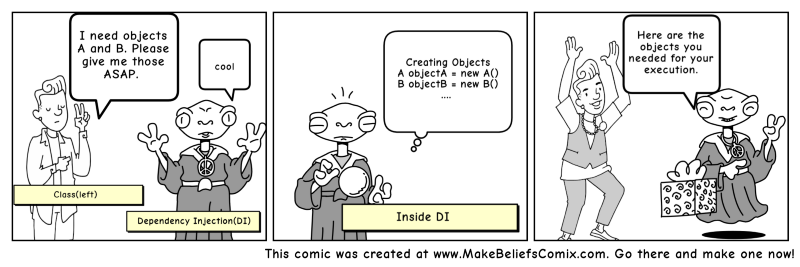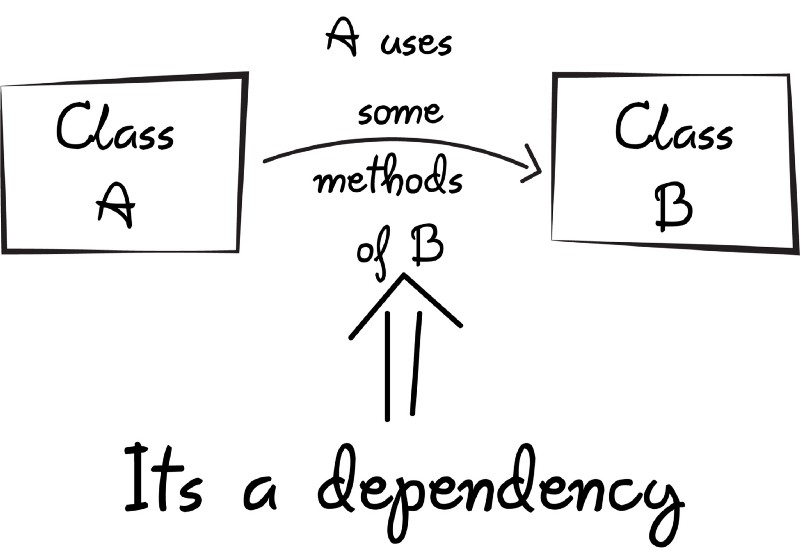Understanding Dependency Injection
Dependency Injection (DI) is a software design pattern and technique, that promotes a more loosely coupled, testable, and maintainable code base. Understanding it is fundamental to modern .NET development.
What is Dependency Injection?
In software engineering, dependency injection is a technique whereby one object supplies the dependencies of another object. A dependency is an object that can be used, i.e., a service.
Instead of a client specifying which service it will use, something tells the client what service to use. The "injection" refers to the passing of a dependency (a service) into the object (a client) that would use it.
In above video, we explore the concept of Dependency Injection (DI). DI is a design pattern that allows us to eliminate hard-coded dependencies and make our applications loosely coupled, extendable, and maintainable. We move the creation and binding of the dependent objects outside of the class that depends on them.
Introducing DI Containers
Dependency Injection Containers, also known as IoC (Inversion of Control) Containers, serve to create an object of the specified class and also inject all the dependency objects through a constructor, a property or a method at runtime and dispose it at the appropriate time. We discuss the use of DI Containers and how they help manage dependencies in an application.

0 comments